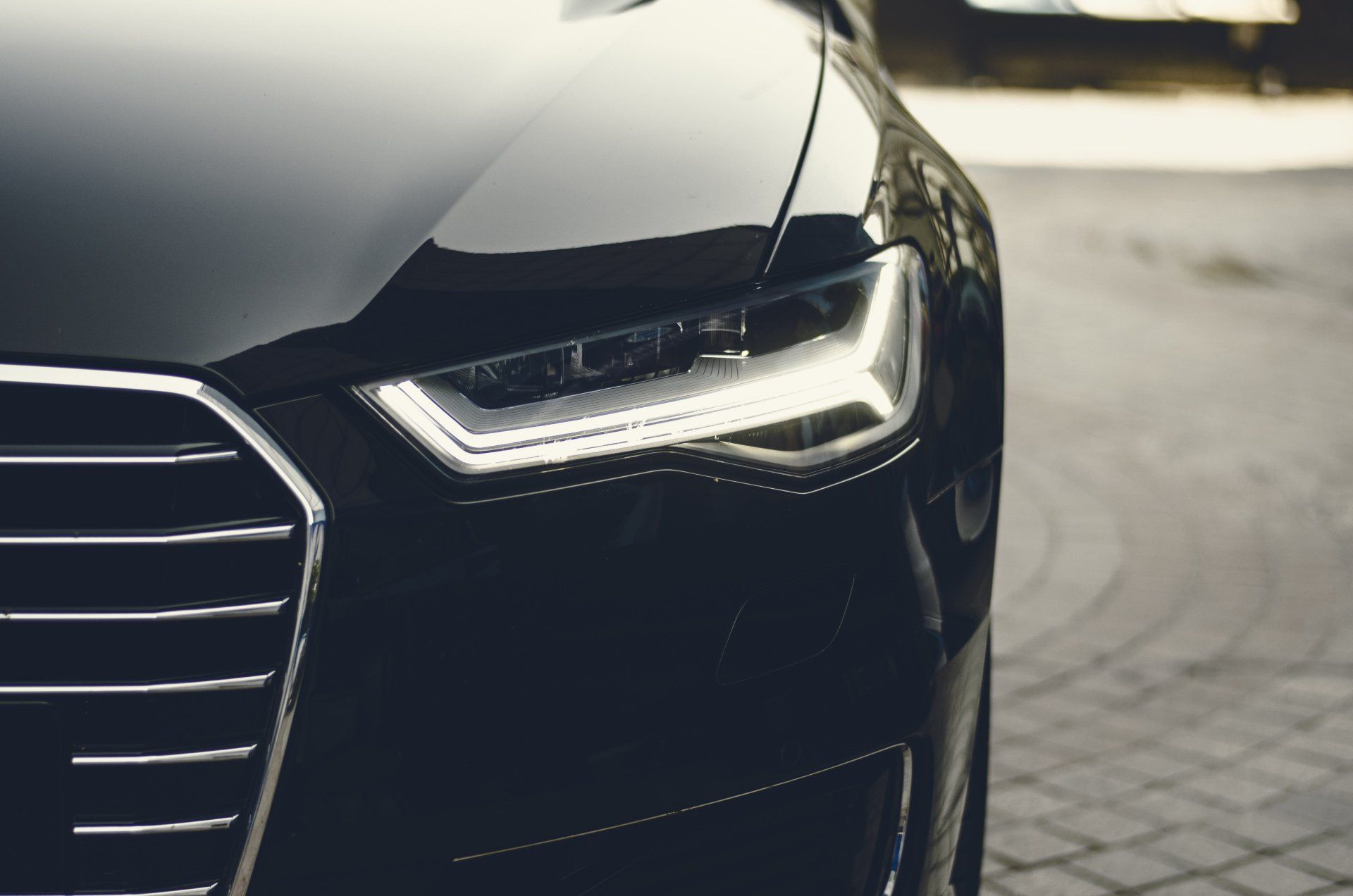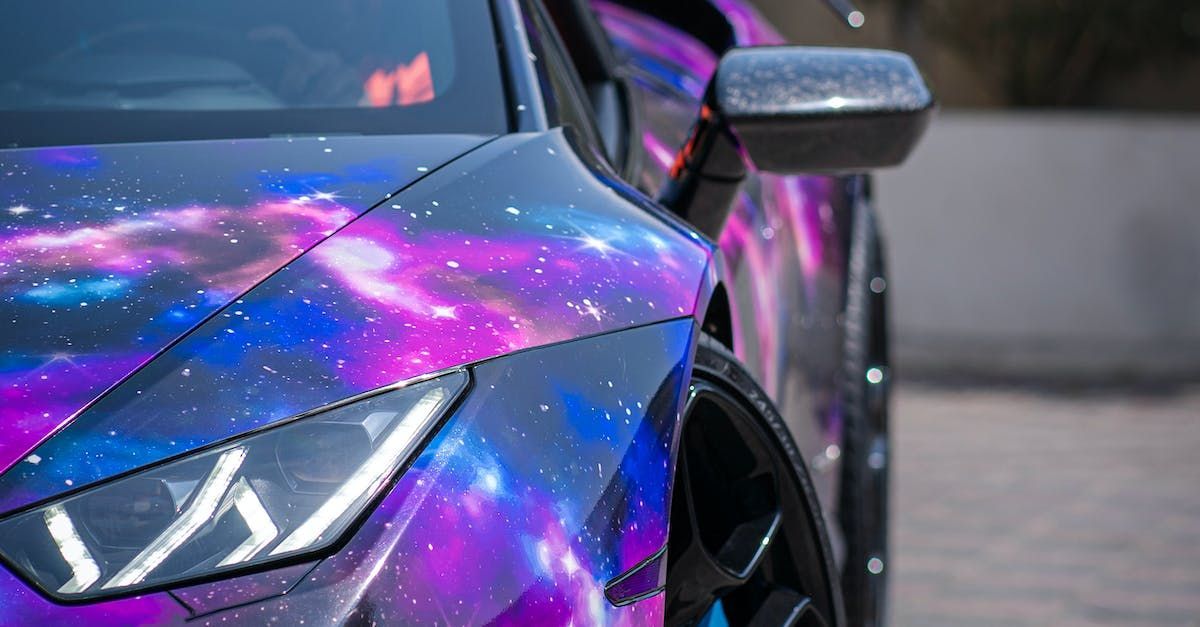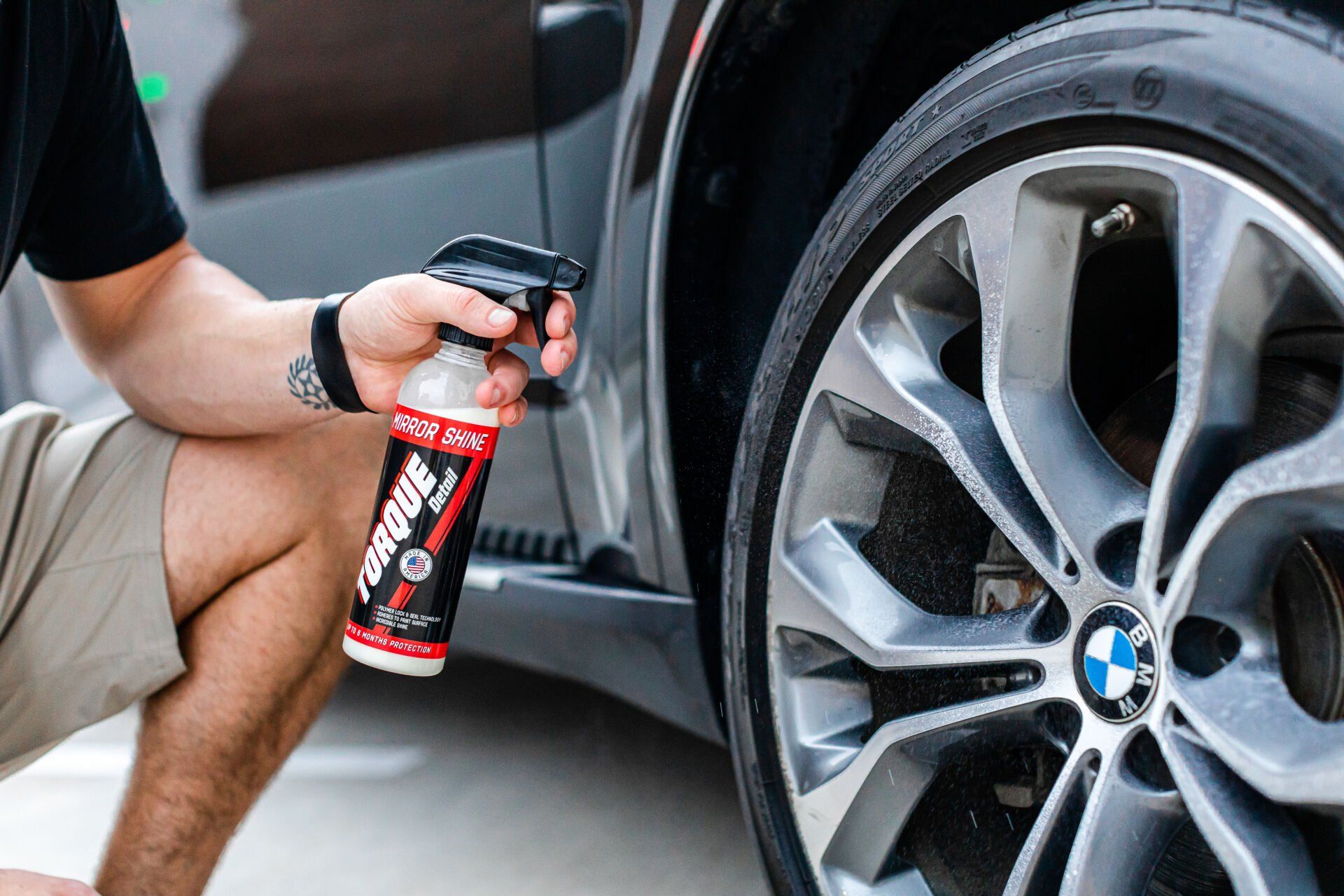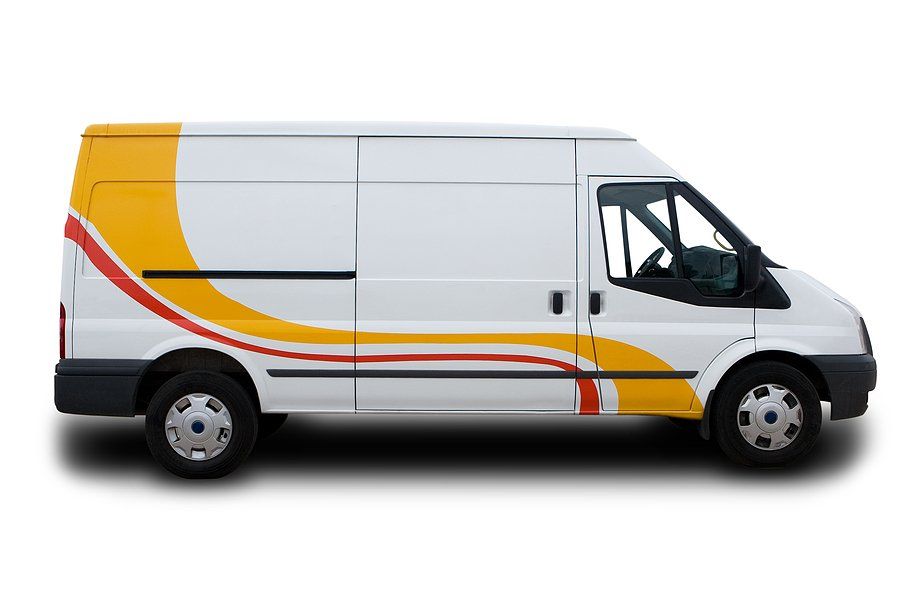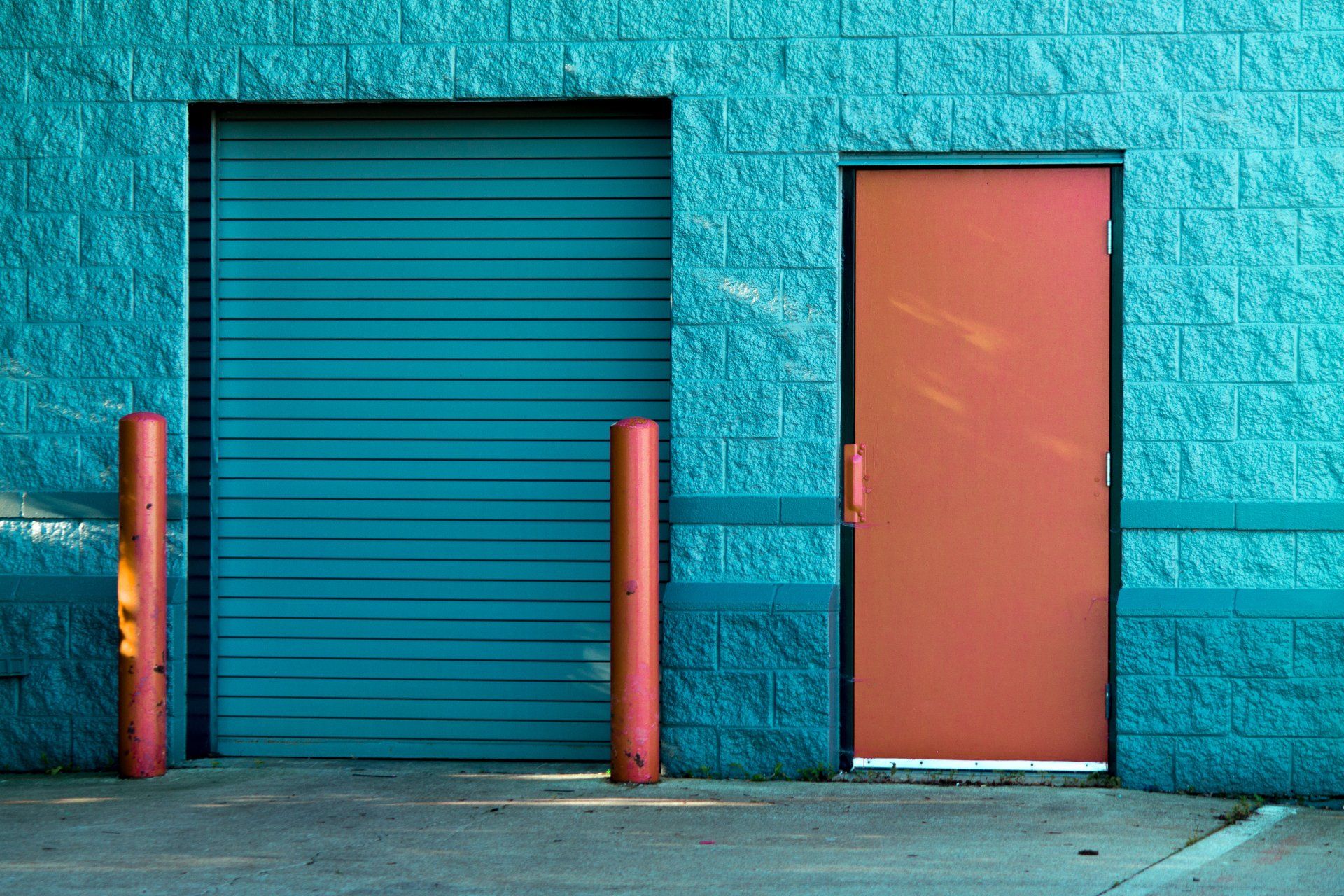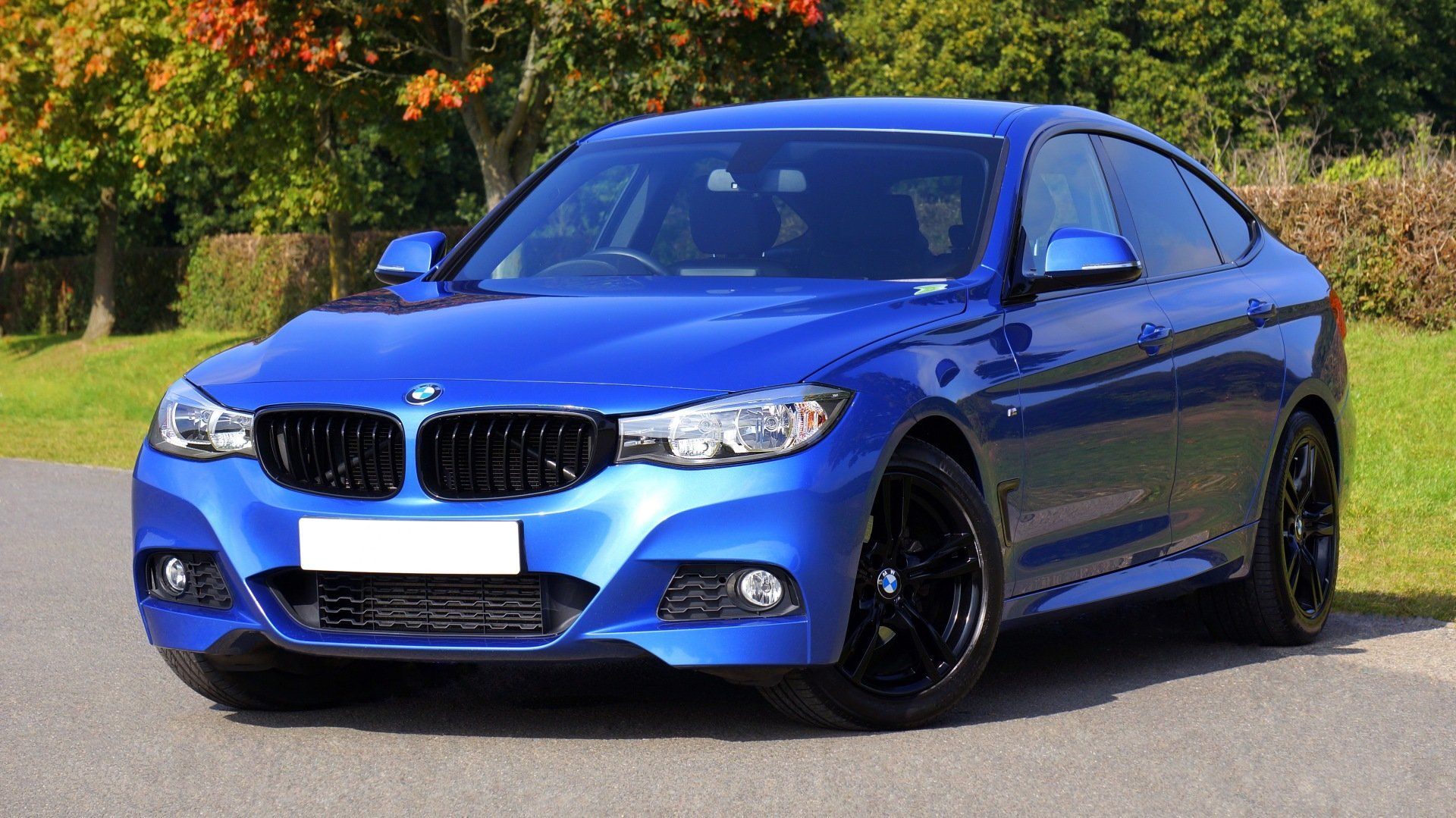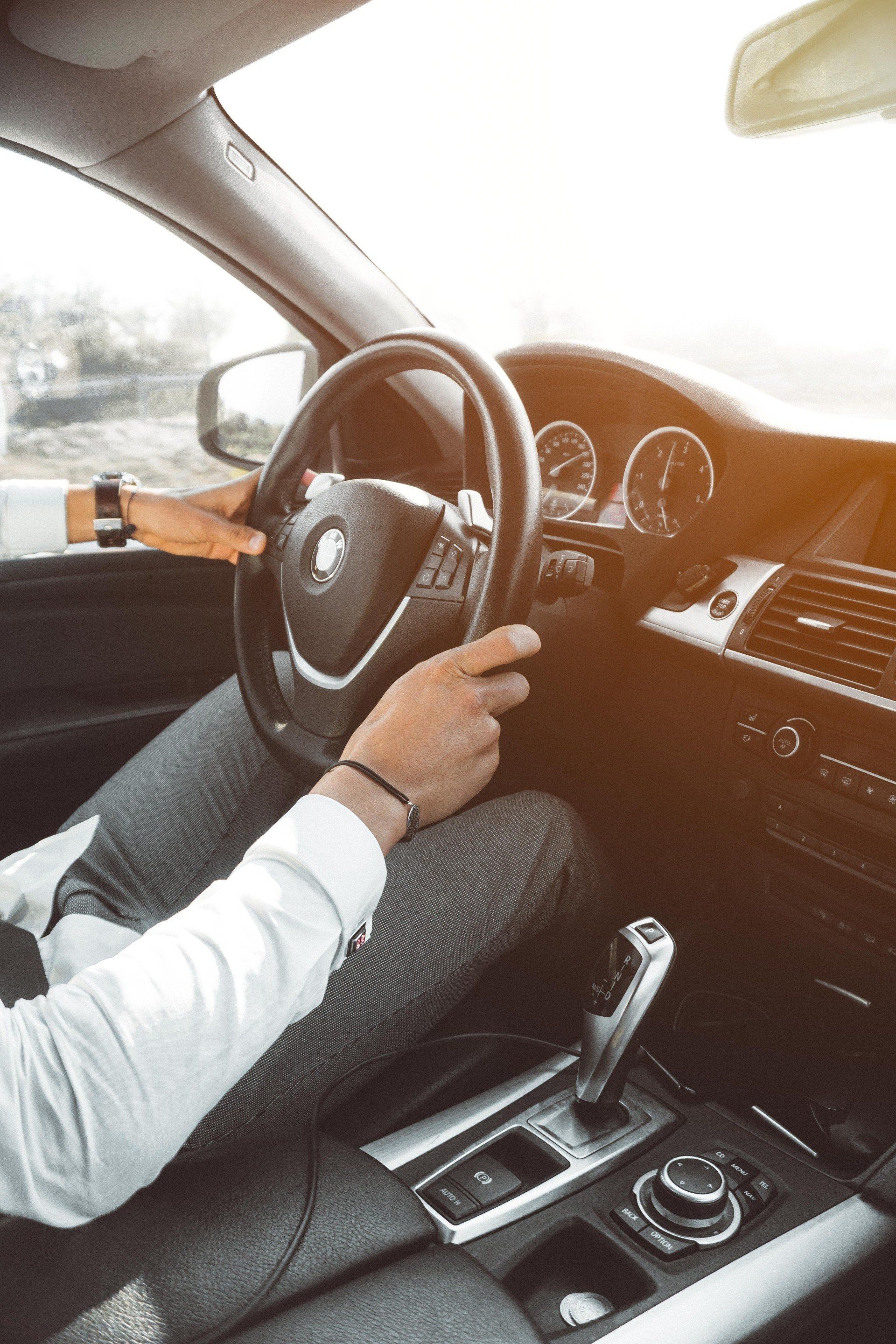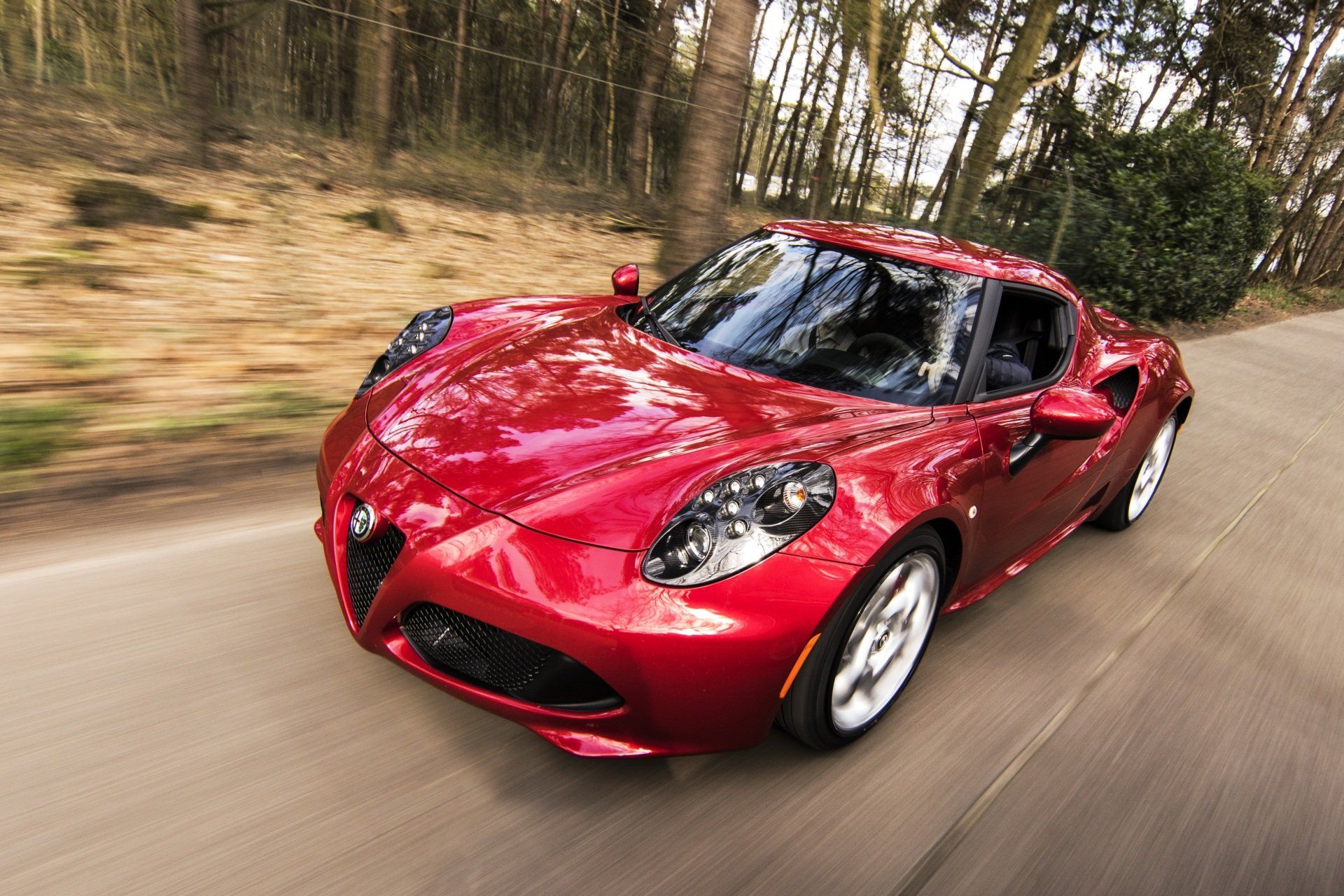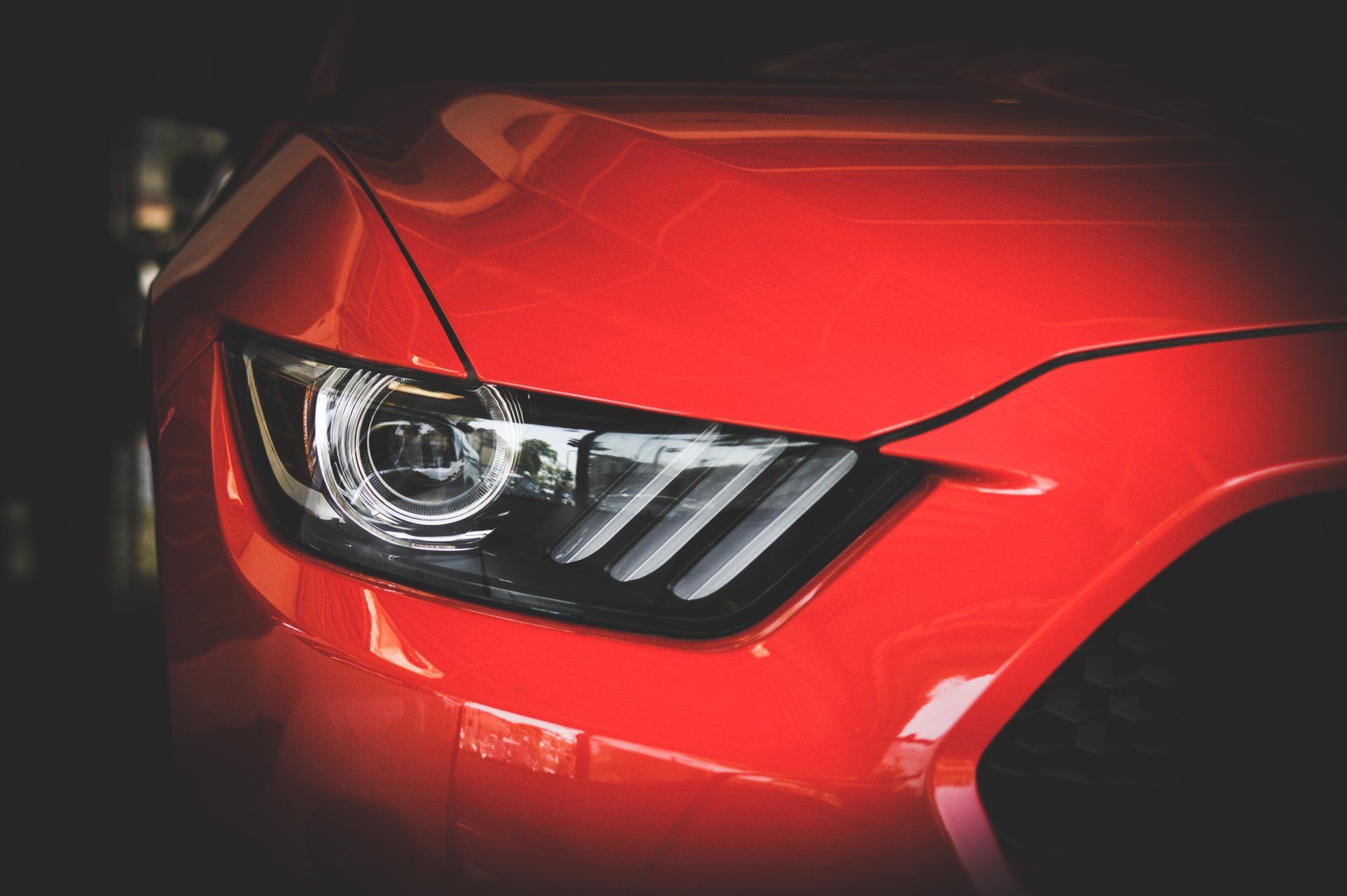How to Choose and Apply the Right Paint Protection Film for Your Vehicle
"Preserving Your Car's Beauty: A Comprehensive Guide to Choosing, Applying, and Maintaining Paint Protection Films"
Introduction:
Your vehicle's paint is not just a protective layer; it's a reflection of your style and an integral part of your car's overall aesthetics. However, maintaining that pristine, factory-fresh look can be a challenge with the daily wear and tear your car faces. This is where paint protection films come to the rescue. In this comprehensive guide, we'll explore everything you need to know about choosing and applying the right
paint protection film (PPF) to keep your car's paint looking its best for years to come.
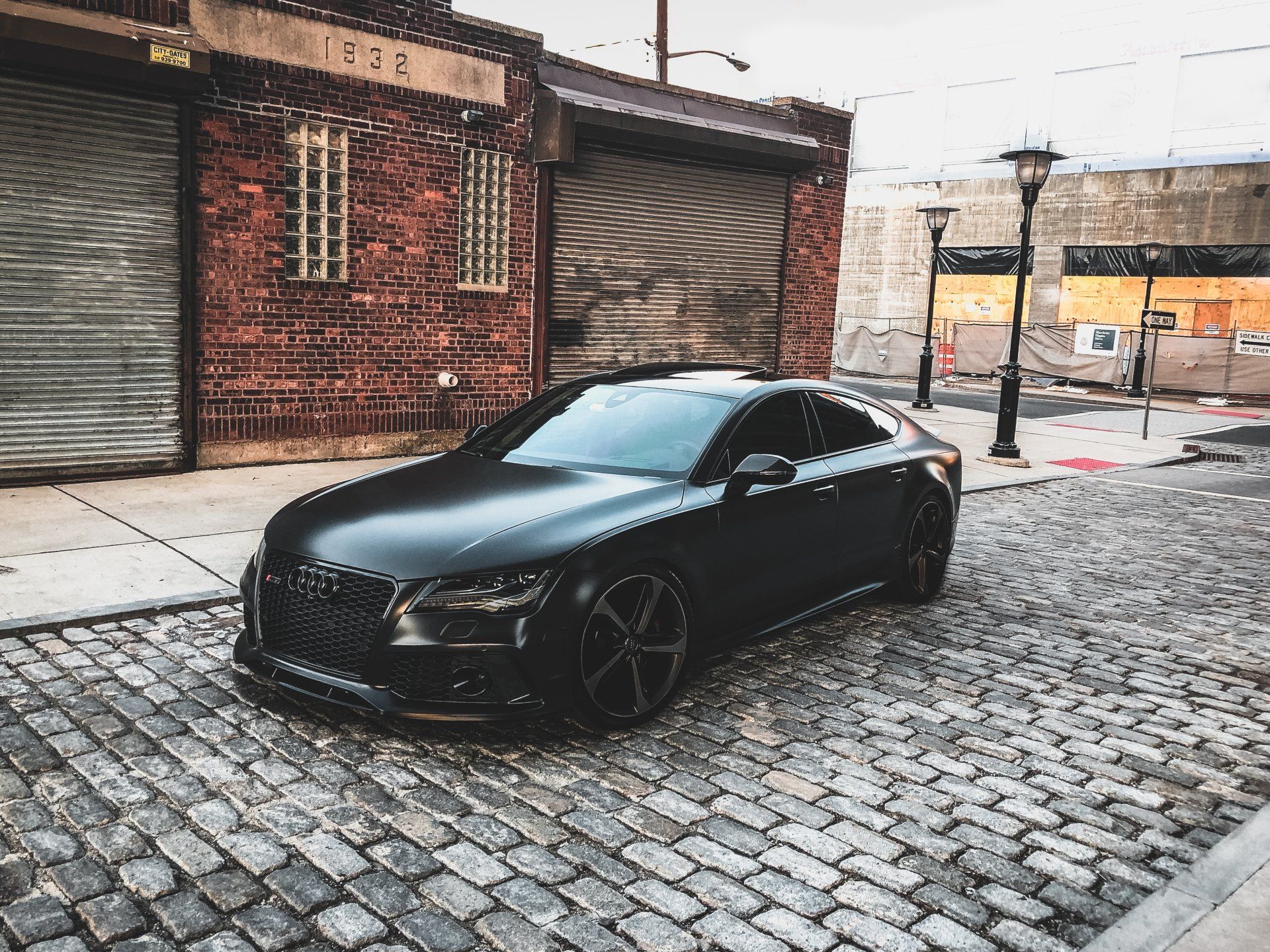
Understanding the Importance of Paint Protection Films
Before diving into the selection and application process, it's crucial to grasp why paint protection films are an essential investment for your vehicle.
Preserve Your Car's Resale Value: A well-maintained exterior, free from scratches and chips, can significantly boost your vehicle's resale value when it comes time to sell or trade-in.
Protect Against Environmental Hazards:
PPF acts as a barrier against a range of hazards, including stone chips, bird droppings, tree sap, and road debris, that can cause damage to your car's paint.
Maintain Aesthetic Appeal: PPF is virtually invisible when applied correctly, ensuring that your car's color and shine remain unaffected.
Longevity:
With the right PPF and proper care, your car's paint can look showroom-new for many years.
Types of Paint Protection Films
Not all PPFs are created equal, and your choice of film will significantly impact its performance and longevity. The two primary types of PPFs are:
Traditional Paint Protection Film: This type of film is made from clear thermoplastic urethane. It offers excellent protection against scratches, chips, and UV rays but may require periodic replacement due to wear and yellowing over time.
Ceramic Paint Protection Film:
Ceramic PPF is a more advanced option. It incorporates ceramic nanoparticles, providing enhanced protection against environmental contaminants and UV rays. It also has a self-healing property that allows minor scratches to disappear with heat or sunlight exposure.
The Selection Process: Choosing the Right PPF
Selecting the right PPF for your vehicle is a critical step in ensuring long-lasting protection. Here's what you should consider:
Quality:
Opt for a reputable brand known for producing high-quality PPF. Check reviews and ask for recommendations from automotive enthusiasts or professionals.
Type: Decide whether you want traditional PPF or the added benefits of ceramic PPF. Consider your budget and the level of protection you desire.
Coverage:
Determine which areas of your vehicle you want to protect. Options range from full-body wraps to partial coverage, such as the front bumper, hood, and side mirrors.
Warranty: Look for PPFs that come with a warranty. This provides peace of mind, knowing that the manufacturer stands behind the product's durability.
Cost:
PPF costs can vary significantly based on the brand, type, and coverage. Consider your budget, but also factor in the long-term benefits and savings from paint protection.
The Application Process: DIY or Professional Installation
Once you've chosen the right PPF, you'll need to decide whether to apply it yourself or seek
professional installation. Here's what you need to know about both options:
DIY Installation: Some PPFs are designed for DIY enthusiasts. If you're confident in your abilities and have experience working with automotive films, this can be a cost-effective option. However, keep in mind that a precise application is crucial to avoid bubbles, creases, and visible edges.
Professional Installation: Many car owners opt for professional installation to ensure a flawless finish. Professional installers have the necessary tools, experience, and expertise to apply PPF seamlessly. They can also perform any necessary paint correction before installation, ensuring the best results.
Cost Considerations: DIY installation can save money upfront, but it may not provide the same level of protection and aesthetics as professional installation. Evaluate the trade-offs and decide what's best for your vehicle and budget.
Maintaining Your Paint Protection Film
Regardless of whether you choose traditional or ceramic PPF, proper maintenance is essential to maximize its lifespan and effectiveness:
Regular Cleaning: Wash your car regularly to remove dirt, dust, and contaminants. Use a gentle car wash soap and avoid harsh chemicals.
Avoid Abrasives: Be cautious when using abrasive cleaning materials or tools, as they can damage the PPF.
Use Paint Protection Film-Specific Products: Some manufacturers offer maintenance products specifically designed for PPF. These can enhance the film's longevity and appearance.
Check for Damage:
Periodically inspect the PPF for any signs of damage or lifting. Promptly address any issues to prevent further damage to the underlying paint.
Calculating the Cost of Paint Protection Film
The cost of PPF installation can vary widely depending on factors such as the type of film, the size of your vehicle, and whether you choose professional installation or DIY. Here's a rough estimate of the cost for various scenarios:
DIY Traditional PPF:
$200 - $800 (materials only)
DIY Ceramic PPF: $400 - $1,500 (materials only)
Professional Traditional PPF: $800 - $2,500 (including materials and installation)
Professional Ceramic PPF: $1,500 - $4,000 (including materials and installation)
Remember that the initial cost of PPF installation can be offset by the long-term savings in paint repairs and maintenance, making it a wise investment for many car owners.
Conclusion
Choosing and applying the right paint protection film for your vehicle is a crucial step in preserving its appearance and resale value. Whether you opt for traditional PPF or the advanced protection of ceramic PPF, the benefits are clear: a shield against environmental hazards, a maintained aesthetic appeal, and prolonged longevity for your car's paint.
Before making your decision, research and select a high-quality PPF, consider your budget, and decide whether to tackle the installation yourself or enlist the help of
professionals. Whichever path you choose, regular maintenance and care will ensure that your vehicle's paint protection film continues to do its job, keeping your car looking as good as the day it rolled off the showroom floor
DFW Ceramics

